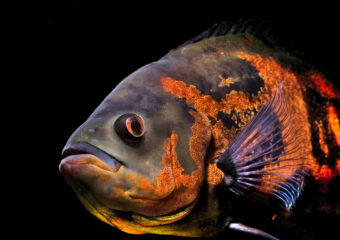
Continuing on with The Brain series, we’re starting off with the cortex!
The cortex refers to the surface of the cerebrum, which, if you remember, is the largest part of the brain that contains the left and right hemispheres. This layer is what gives the brain its typical wrinkled texture, as well as its grayish color (aka the reason its referred to as gray matter), and it is home to 16 billion neurons placed in specific sequences. Because the brain has the folded surface, it increases its surface area and allows more neurons to arrange themselves, thus increasing the speed and functioning of the brain. The axons (white matter), which tie the brain areas together, are below the cortex.
These axons form white matter tracts that can transfer information from lobe to lobe, from structure to structure, and from one side to the other, all faster than the blink of an eye! The various structures and their functions include:
Hypothalamus: controls the autonomic (body does this without thinking) system, including hunger, thirst, sleep, and sex response, as well as maintain homeostasis and releasing hormones
Pituitary gland: Connected to hypothalamus via the pituitary stalk, it controls the other endocrine glands, able to respond to stress
Pineal gland: Controls our internal clock and circadian rhythms through releasing melatonin
Thalamus: a checkpoint for all the information entering and exiting the cortex, interprets pain, attention, alertness, and memory
Basal ganglia: Controls fine motor movements (i.e. fingers and toes) by working in tandem with the cerebellum
Limbic system: The core for our memory, emotions, and learning, contains the hypothalamus, amygdala, and hippocampus
The way our brain stores memory is a complex process consisting of three steps: encoding, storing, and recalling. The brain begins by filtering out unnecessary memories, which to you could be anywhere from where you put your keys to a phone number from ten years ago. Next, it stores it in either the short-term or long-term memory, depending on how important it determines it is. Then, we are able to recall it when our brain goes through the process of retrieving it. Short term memory is located in the prefrontal cortex, and it can only hold seven memories for up to a minute. We use this to recall a name just told to us, or during reading so that the story flows in our mind. This is also something Dory, from Finding Nemo didn’t have, which is why she kept constantly forgetting events that had happened moments ago!
Long term memory is stored in the hippocampus, and we use this for memorizing an infinite number of things for longer periods of time. Here, our special memories about our life, information for a school test, or important history facts are compiled and sorted. Finally, muscle memory, aka skill memory, happens in the cerebellum. These memories are ones like riding a bike (which is how that familiar saying got started: “it’s just like riding a bike!”
And that concludes The Brain series pt. 2! Come back for pt. 3 featuring cerebrospinal fluid, the function of the skull, and cranial nerves.



